Egyptian cobra – Cleopatra’s snake
Egyptian cobra (Naja haje)
Egyptian cobra is a combination of traits that some fascinate, while others are terrifying. This snake has a deadly venom, it is fast and very intelligent. In addition, it can climb trees and swim. Is it because of these unusual qualities that the Egyptian cobra was chosen as the messenger of the death of Cleopatra?
Classification:
- Kingdom: Animalia
- Phylum: Chordata
- Class: Reptilia
- Order: Squamata
- Suborder: Serpentes
- Family: Elapidae
- Genus: Naja
- Species: Naja haje
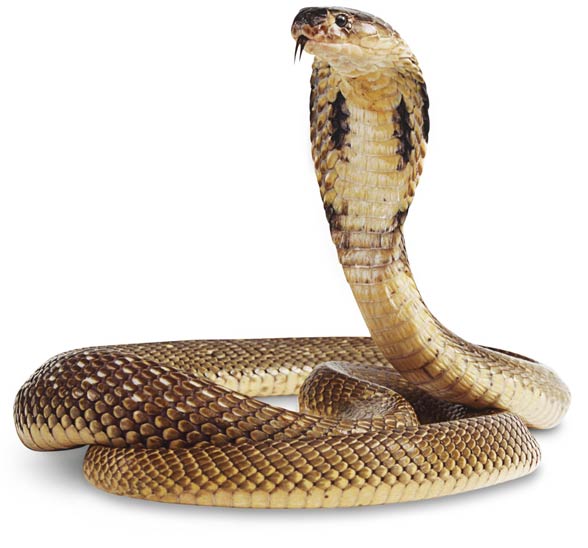
Occurrence
As you can guess, this cobra lives in Africa, mainly in the northern part of the continent. In addition, it also covers areas of West Africa south of the Sahara, the Congo basin, Kenya, Tanzania, as well as the southern areas of the Arabian Peninsula.
It does not cling to one type of habitat. It can live both on the steppes, dry and humid savannas, as well as in semi-arid regions, poor in water and vegetation. Similarly to many other species of cobra, also the Egyptian cobra can co-exist with people. In Africa, he often visits homes in search of food such as chickens and rats.
Certainly, it is a thermophilic animal, because it can be found mainly in the hot, arid regions of North Africa. Although he is a land species, he likes to be near water. He can also swim and climb trees. In contrast, breeding grounds are created in abandoned dens, hollows, rock crevices or in abandoned termite mounds.
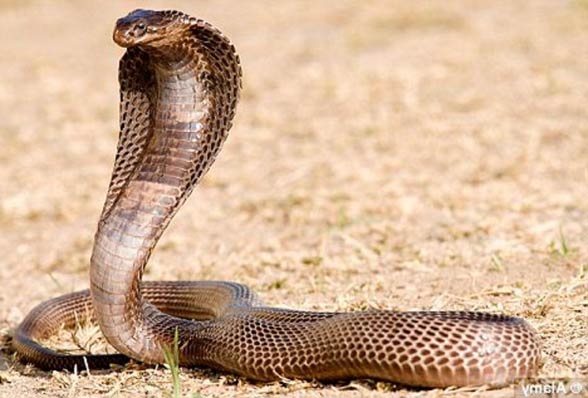
Characteristic
Appearance
Within the species, the average body length is in the range of 1-2 m (3.3 and 6.6 ft), but the largest Egyptian cobras can reach up to 3 meters (9.8 ft).
The most characteristic features of the species are certainly a hood and a large, rounded, well-separated head. Big eyes have round pupils. The silhouette has the shape of a cylinder, while the tail is long and strong.
Most of the species’ representatives are covered in brown-colored scales with additional lighter or darker discoloration. There is often a tear-like pattern below the eyes. Some Egyptian cobras, however, are copper-red or brown-gray, and many individuals from North-West Africa (mainly Morocco and Western Sahara) are almost completely black. The abdominal part of the body may be cream-colored, yellow-brown, gray, bluish-gray, dark-brown, or black; not infrequently dark spots appear on this part of the body.
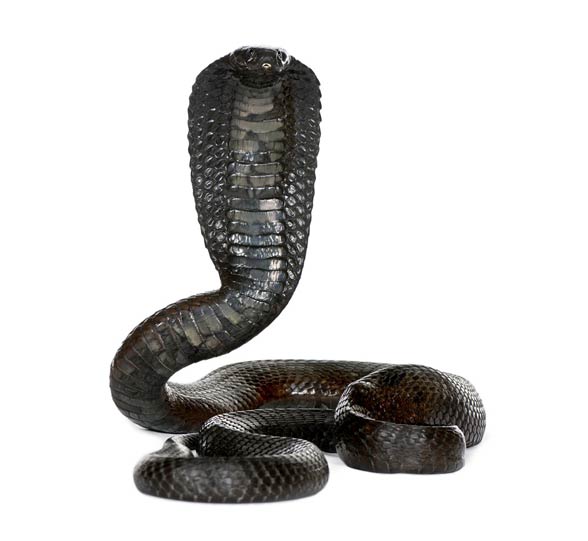
Venom
The venom produced by the Egyptian cobra consists mainly of neurotoxins and cytotoxins. In one bite, there may be 175-300 mg of venom (LD50 for a mouse bite under the skin is 1.15 mg / kg).
The bite is painful, after a while, swelling, bruising, blisters and then necrotic changes appear around the wound. This is accompanied by other symptoms: a headache and dizziness, nausea, vomiting, abdominal pain, diarrhea, eventually collapse or convulsions. In extreme cases, venom causes severe muscle relaxation.
Due to its composition, this toxin acts on the nervous system: it stops the transmission of nerve impulses to the muscles, which in the later stages leads to cardiac arrest and lung function. The main cause of death in contact with this poison is therefore a respiratory failure. Unlike other African cobras (e.g. the red spitting cobra – Naja pallida), the Egyptian cobra does not spit venom.
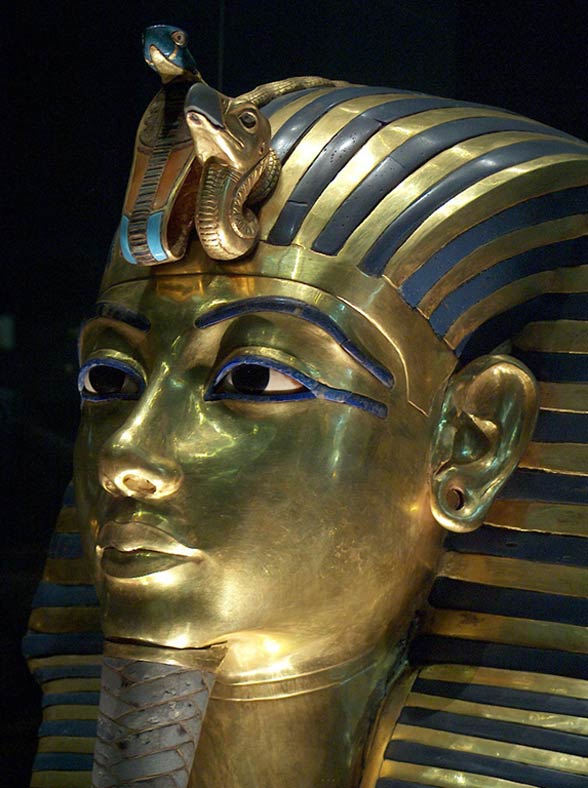
Diet
It mostly hunts toads, but also consumes small mammals (mainly rodents), birds, lizards, eggs and even fish. In zoological gardens, Egyptian cobra is fed with mice and rats, an average of 2 times a month.
Lifestyle
The most activity is at dusk or at night. During the day, it is found in the early hours of the morning when it warms up in the sun. It usually lives in only one burrow, to which he returns after each trip to the countryside. However, it eagerly crawls into human houses, mainly to hunt domestic birds.
If the cobra sees that someone is approaching her, he immediately escapes. However, when she cannot escape, she lifts the front of the body, stretches the hood, and then hit. With the Egyptian cobra, there are no jokes – it is a very fast moving and intelligent snake. In addition, her venom is deadly to humans if there is no medical help nearby.
Egyptian Cobra’s biggest enemies are mongooses and birds of prey – for example, a secretary bird (Sagittarius serpentarius)
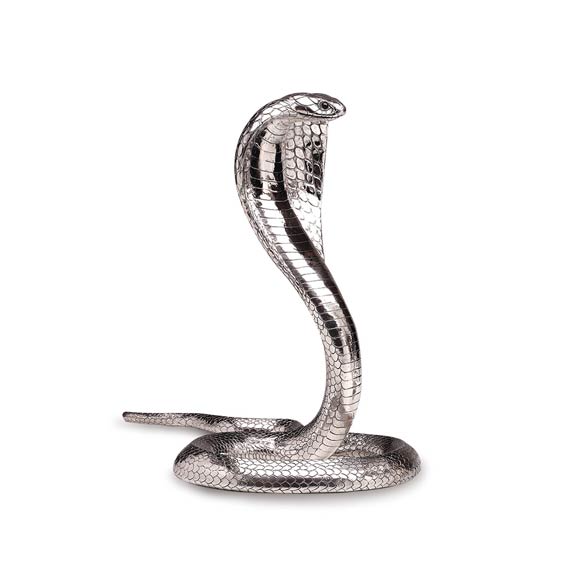
Procreation
The cobra lays of 20 eggs, measuring 5-6.4 cm long. The nest is located in a sheltered earth hole or hollow. Incubation lasts about 2 months, after which 23-33 cm long snakes come to the world. They reach sexual maturity after 2-3 years.
Cleopatra’s snake
Ancient sources say that Cleopatra, called the Great, and her two servants committed suicide by biting the snake called Aspis. Apparently, this reptile was smuggled into the Queen’s room in a basket with figs. Plutarch himself wrote that experiments on convicts bitten by this snake showed that this poison works least painful among all deadly toxins.
The Aspis was most probably the name given to the Egyptian cobra. The suicide of this kind, however, would not be painless – death caused by this cobra comes slowly, additionally causes necrotic changes in tissues. In addition, the hose is very large, so it would be difficult to hide it.
Therefore, we advise against all those who like this way 🙂
researchers at the University of Manchester recently rejected this theory and claim that it is not the snake that is responsible for the death of Cleopatra. They think that a snake big enough to kill the queen and two maids would not have been small enough to be concealed. They also challenge the credibility of three consecutive fatal bites.
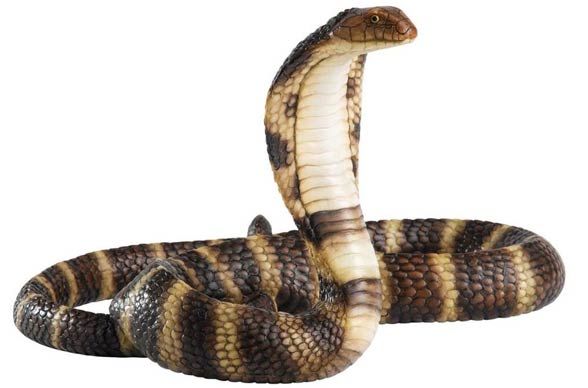
Detailed data / dimensions
Egyptian cobra, Cleopatra’s snake (Naja haje)
- Body length: 1-2 m (3.3 and 6.6 ft), maximum 3 m (9.8 ft)
- The span of the hood: 12 cm (7 in)
- Lifespan: 10 years in freedom, 20-25 years in captivity
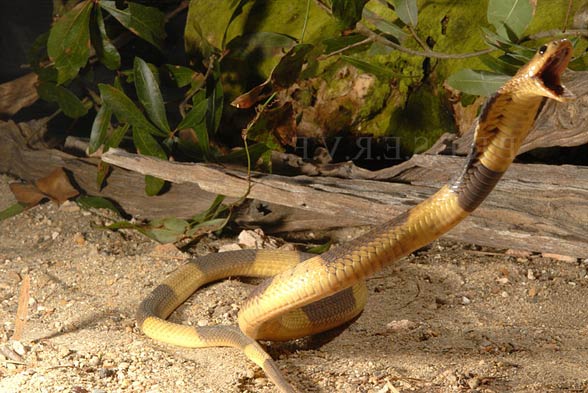
Egyptian cobra, Cleopatra’s snake – interesting facts
- There are reports of Egyptian cobras sailing in the Mediterranean Sea.
- The Egyptian cobra is one of the largest African cobras.
- One bite of an Egyptian cobra can kill an elephant in 3 hours, while a man within 15 minutes.
- Egyptian Cobra was the symbols of the power of the pharaohs in ancient Egypt, hence its presence on the golden mask of Tutankhamen.
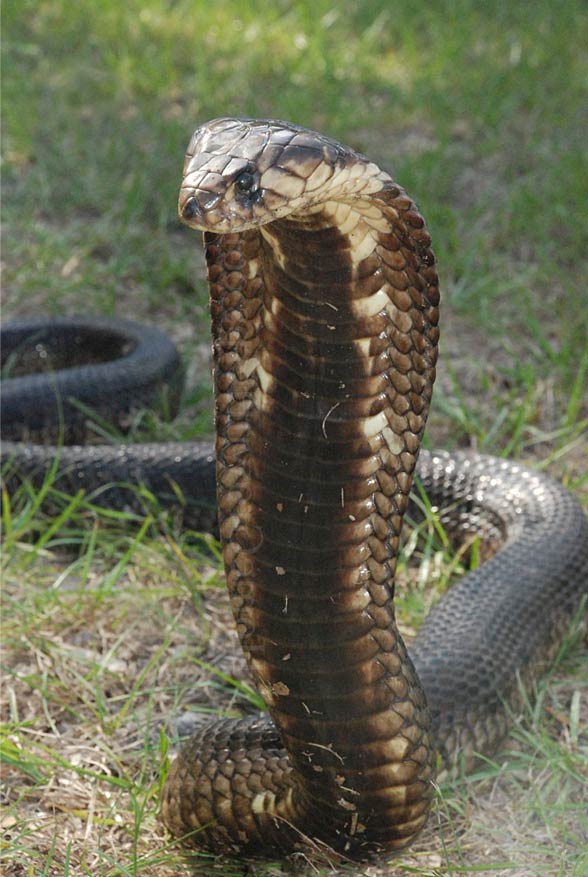

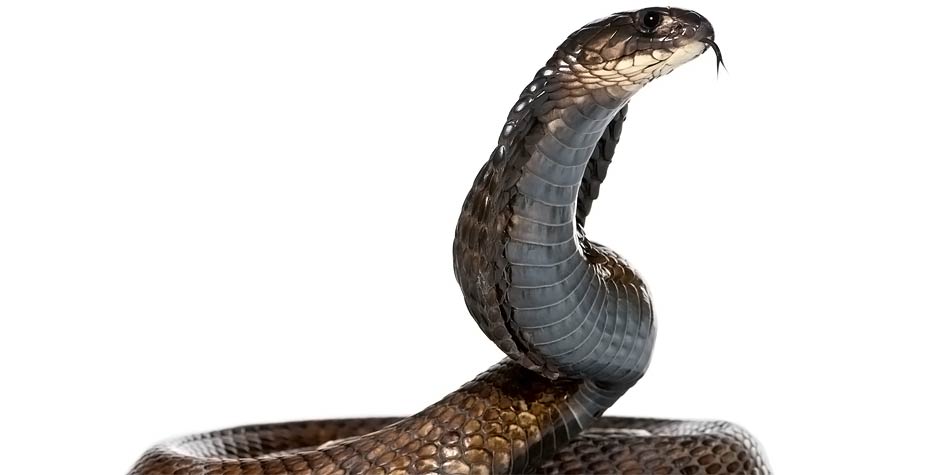

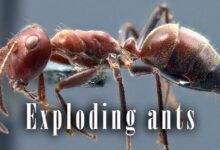

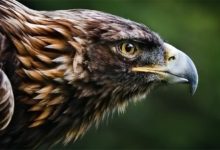

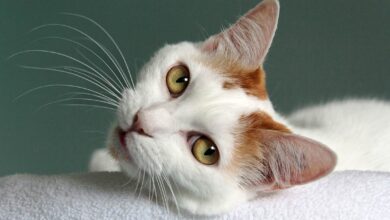
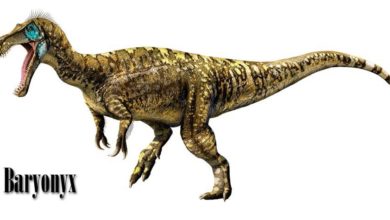

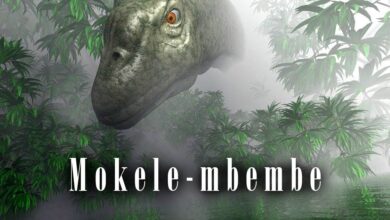
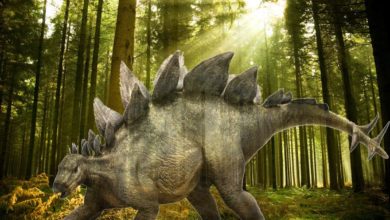
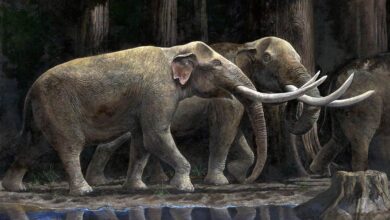

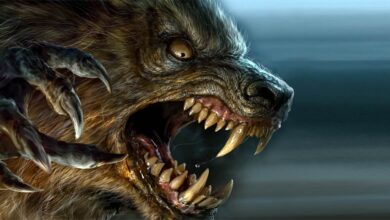
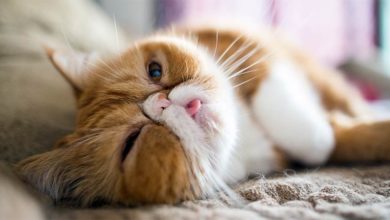
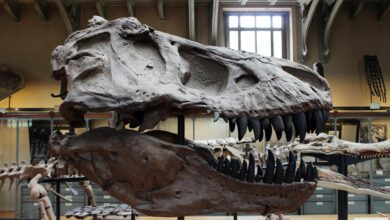


I wonder if it’s true that snake killed Cleopatra.
There is no such certainty as you can read in the article.